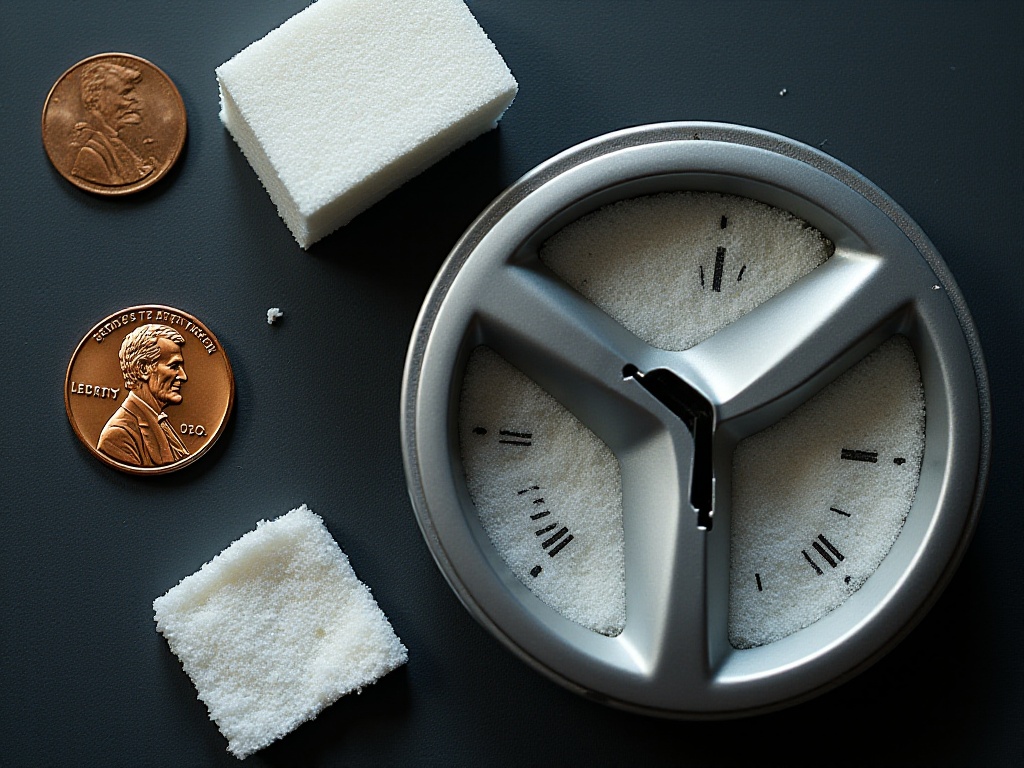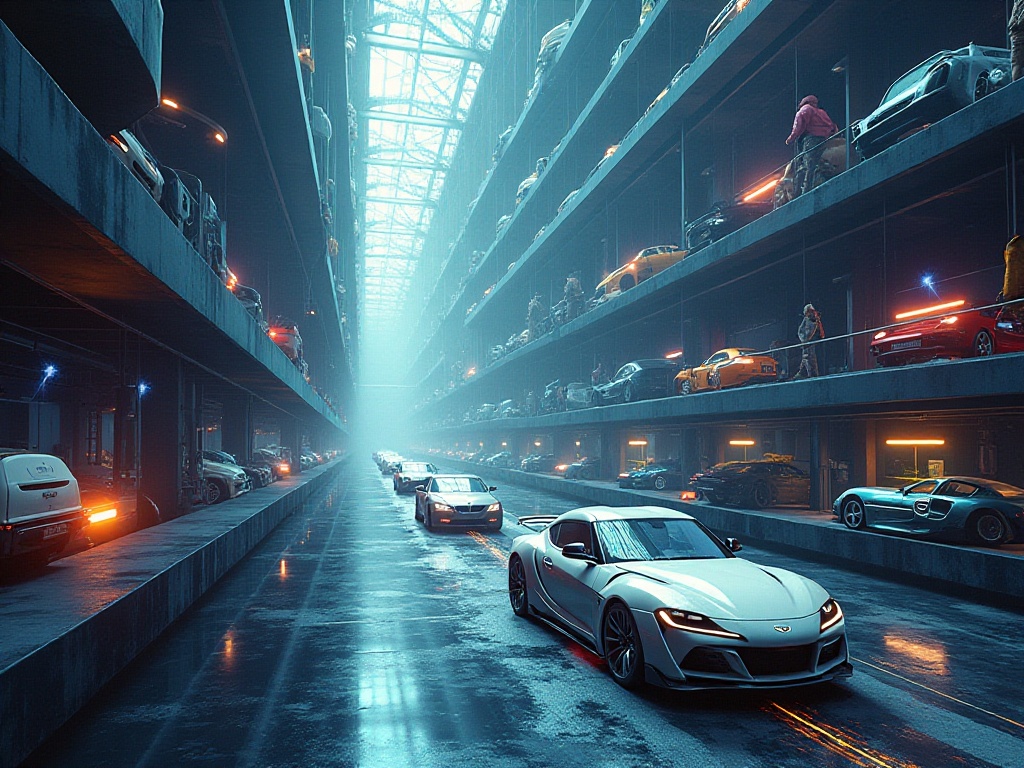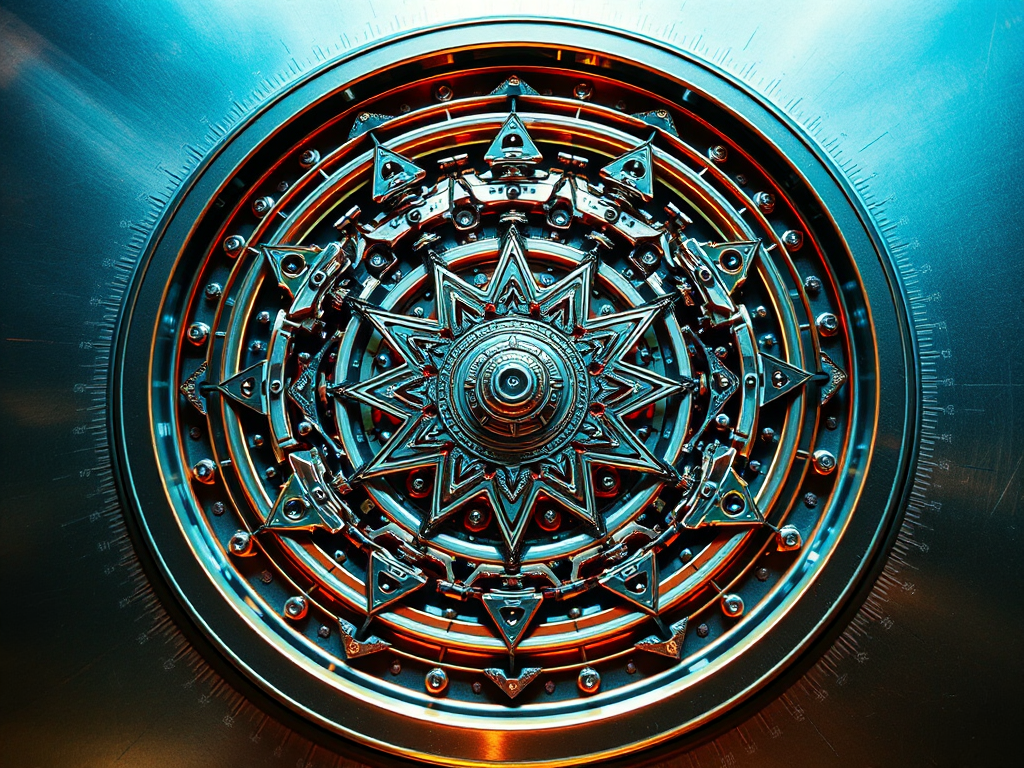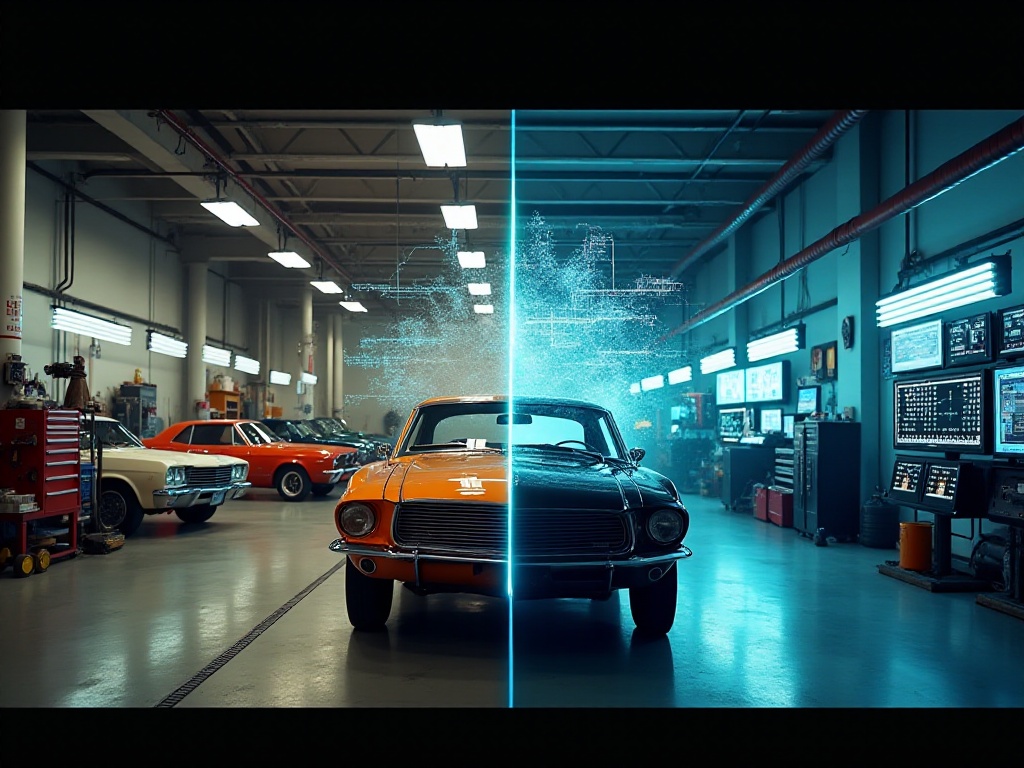Introduction
Having recently purchased a new car, I have many thoughts to share. As a newcomer with my first car, I've encountered quite a few issues. Not long after getting the new car, various annoying minor problems started appearing. Although I follow the scheduled maintenance at the dealership, each visit leaves my wallet bleeding - the maintenance costs are simply suffocating. After thorough research, I discovered that many car problems can actually be prevented through proper daily maintenance. I was super lucky to meet a veteran driver with 15 years of experience who often shares his car maintenance knowledge with me. Today I'm organizing these practical maintenance tips to help other new car owners like myself.
Engine Section
When it comes to engines, they're as vital as a car's heart. With proper maintenance, your beloved car can definitely run for many more years. Recently I heard a particularly painful story - a friend's engine was completely ruined due to not changing the oil on time, resulting in repair costs of over 30,000 yuan, enough to buy a used car. Therefore, first and foremost, we must take engine maintenance seriously.
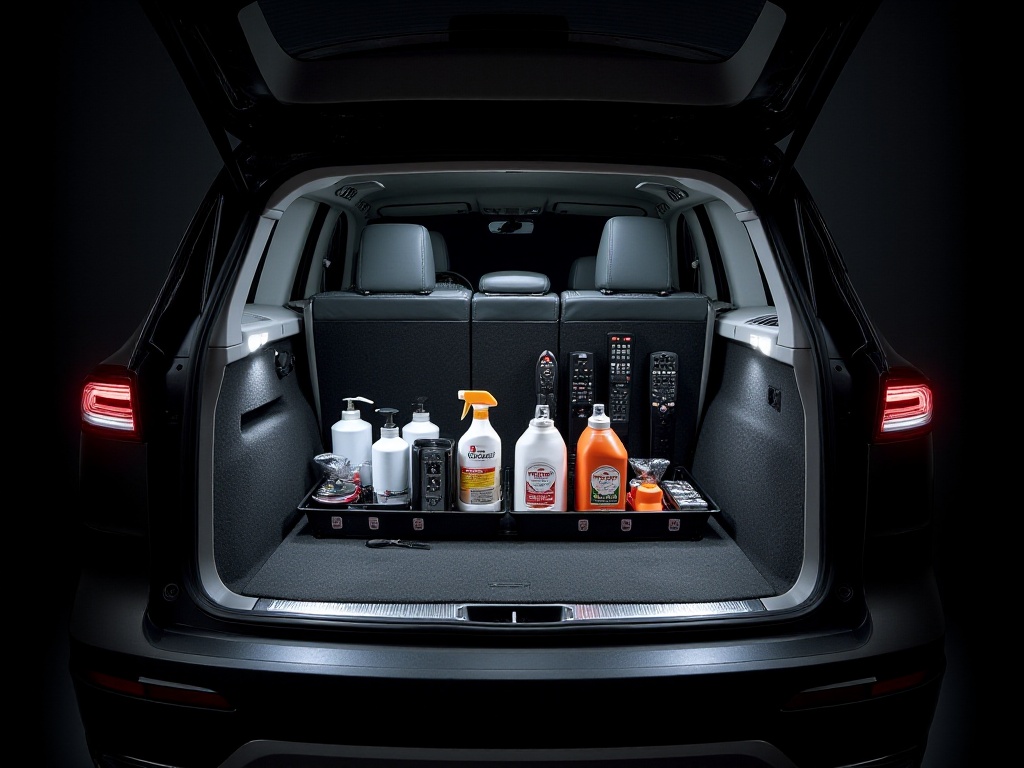
Oil Management
Oil changes are absolutely the most basic and important of all maintenance items. Although many manufacturers say oil can last 10,000 kilometers before changing, according to the veteran driver's experience, it's recommended to change it at 8,000 kilometers. Why do this? Mainly because road conditions and oil quality in China differ somewhat from foreign countries, so changing oil a bit earlier can help the engine last longer.
Speaking of oil selection, I've done my homework. There are so many oil brands in the market that just choosing one can be overwhelming. However, after guidance from the veteran driver, I understood that selecting oil mainly comes down to two key indicators: API grade and viscosity. Higher API grade means better oil quality and stronger oxidation resistance. Viscosity should be chosen based on local climate - northern regions with low winter temperatures need low-viscosity oil, while southern regions can use slightly higher viscosity oil.
I've been using 5W-40 oil with API SP grade in my car, which has now run 100,000 kilometers, and the engine is still in great condition with no power loss. Choosing the right oil really can prevent many engine problems. I've also found that you don't necessarily need to use manufacturer's oil - many international brand oils offer great value for money and guaranteed quality.
Air Filter
The importance of air filters is often overlooked by new car owners. However, it acts like a "mask" for the engine - if it's dirty and not replaced in time, it's like making your engine "smoke secondhand smoke." Based on my experience, I recommend checking the air filter every 5,000 kilometers. If you find the filter has turned dark gray or black, it's time for a replacement.
Here's a particularly useful tip: the simplest way to check an air filter is to hold it up against sunlight - if you can't see any light coming through, it means the filter is almost completely clogged with dust and must be replaced. Plus, replacing an air filter isn't expensive - an original manufacturer's air filter only costs one to two hundred yuan, but its protection for the engine is priceless.
I once neglected this and didn't replace a dirty air filter in time, resulting in engine noise, weak acceleration, and mysteriously increased fuel consumption. After replacing the air filter with a new one, these problems were immediately solved. So when it comes to maintenance, you really can't take any chances.
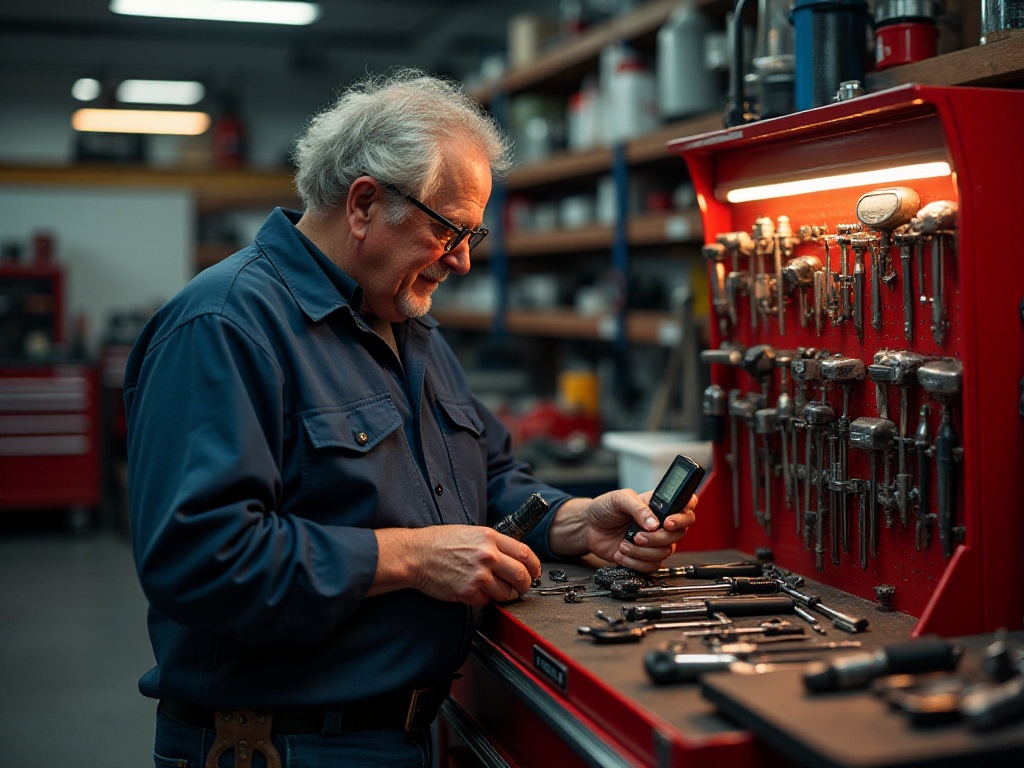
Tire Section
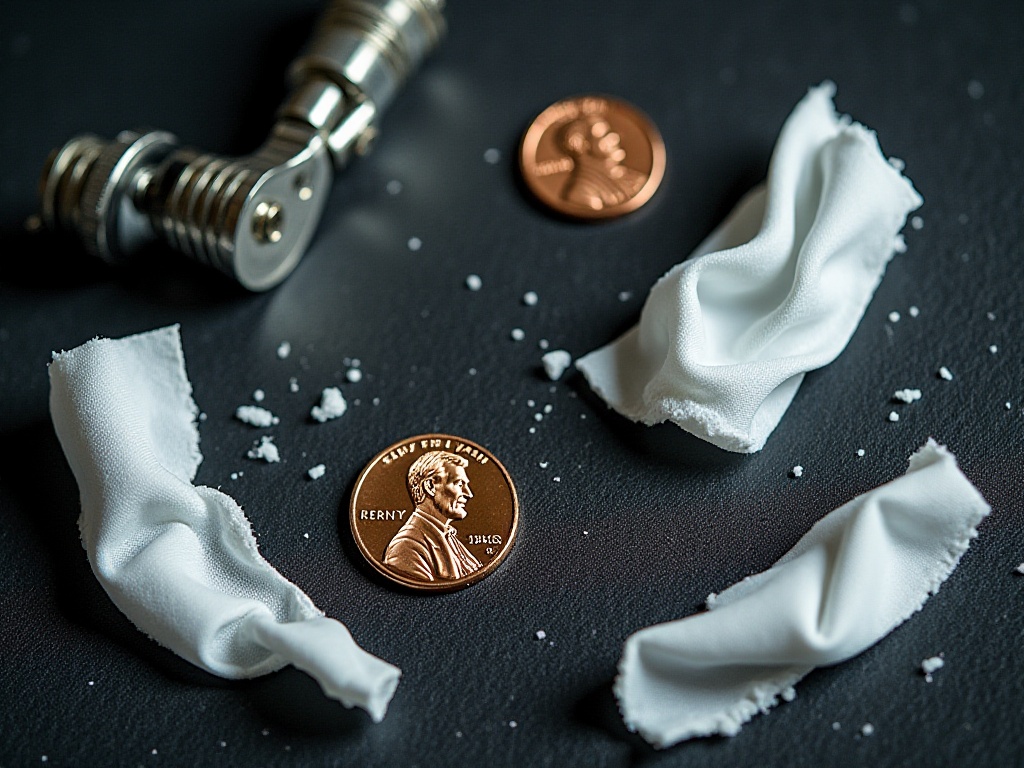
Tire Pressure Check
Speaking of tire pressure, I learned a particularly deep lesson. Once I noticed my fuel consumption mysteriously increased by 20%, which scared me into running to several dealerships for checks, but each inspection showed no engine problems. Finally, following an experienced mechanic's suggestion to check the tires, we discovered all four tires were 0.5 bar low on pressure. After adjusting the tire pressure, fuel consumption immediately dropped.
Since then, I've developed a good habit of checking tire pressure weekly. It's especially important to note that tire pressure should be measured when the tires are cold, preferably before heading out in the morning or after the car has been parked for several hours. When tires heat up from running, the pressure increases, making measurements inaccurate at that time.
Tire pressure needs appropriate adjustment according to different seasons. In summer, due to higher temperatures, tires tend to heat up more, so pressure can be 0.1-0.2 bar below standard. In winter, lower temperatures naturally cause tire pressure to drop, so pressure should be increased by about 0.2 bar. Maintaining proper tire pressure not only reduces fuel consumption but also improves driving safety and reduces uneven tire wear.
Tire Rotation
Honestly, before meeting the veteran driver, I didn't even know about regular tire rotation. But after his guidance, I discovered tire rotation is really crucial. Let me break down the math: a set of good quality tires costs about 3,000 yuan, and without rotation, they'd need replacement after about 30,000 kilometers. But with regular tire rotation, their lifespan can extend to about 50,000 kilometers. Calculating this way, just on tires alone, you can save at least 2,000 yuan per year.
Moreover, tire rotation isn't complicated - many branded tire shops offer this service at a reasonable cost, usually between 50-100 yuan. It's recommended to rotate tires every 8,000-10,000 kilometers. During rotation, note that for front-wheel drive cars, front tires wear more severely, so front tires should be moved to the back and back tires to the front. For four-wheel drive cars, diagonal cross-exchange rotation can be used.
Regular rotation not only extends tire life but also ensures more even wear, improving driving stability and safety. My current set of tires has run over 40,000 kilometers, and because of consistent regular rotation, the tread wear is very even - I estimate they can run another 10,000+ kilometers without problems.
Money-Saving Tips
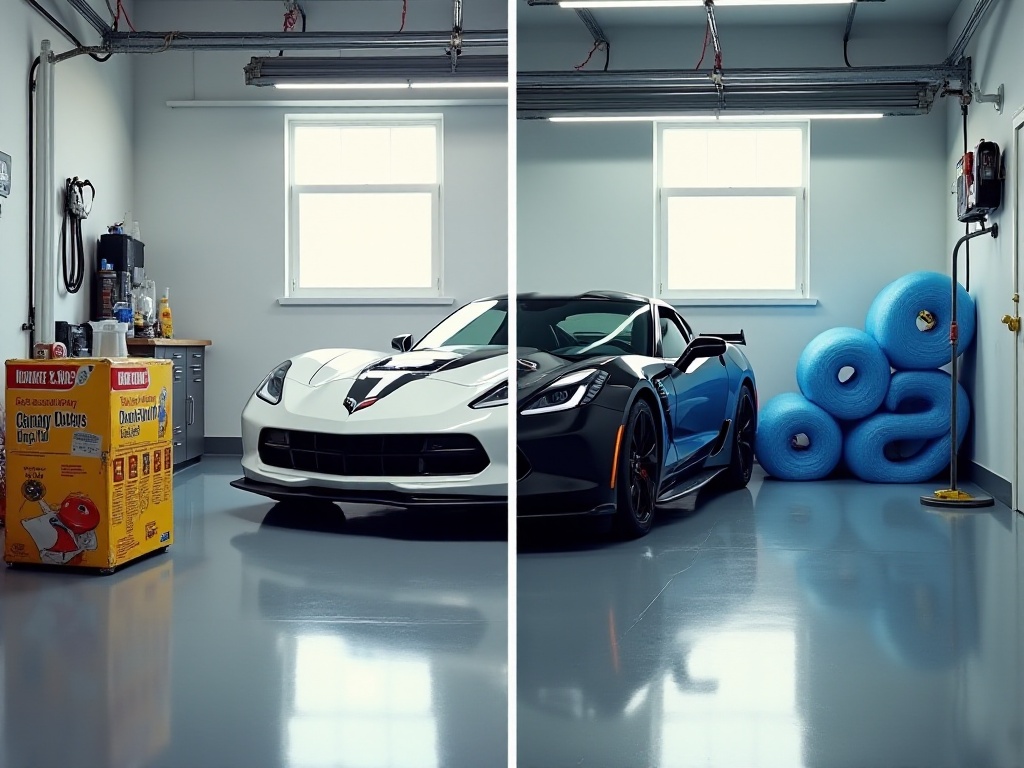
DIY Maintenance
Through this period of learning and practice, I've found that many maintenance tasks can be completed by yourself. For example, replacing windshield wipers costs over 200 yuan at the dealership, but a quality imported wiper blade costs only about 50 yuan online, and installation is super simple - you can learn it from watching a video tutorial.
I can now skillfully complete several maintenance tasks:
First is checking oil level, which is simplest - just park on level ground, wait for the engine to cool, pull out the dipstick, wipe it clean, reinsert it and check the oil level marks. Oil level should be between the upper and lower limits, and if oil is insufficient, add more promptly.
Then there's replacing wiper blades - wiper blades bought online usually come with detailed installation instructions, just follow them step by step. I recommend choosing wiper blades with adapters for easier installation.
Cleaning the air conditioning filter is also a low-tech job. Usually, the AC filter is behind the glove box on the passenger side - remove it, blow off dust with a hair dryer, then reinstall. If the filter is too dirty, it needs replacement, but buying and replacing it yourself only costs a few dozen yuan.
Adding windshield washer fluid is even simpler - open the hood to find the washer fluid reservoir and pour it in. But be sure to use professional washer fluid, don't substitute tap water as it can cause scaling and freeze in winter.
If you do all these maintenance tasks yourself, you can save at least 2,000 yuan annually. Plus, doing maintenance yourself has another advantage - you can discover potential problems early and prevent them.
Problem Prevention
Through this period of car use experience, I've deeply realized one truth: small problems become big ones if left untreated. I've heard of car owners trying to save money by ignoring strange noises, resulting in huge repair bills and damaged cars.
Let me give a specific example: when brake pads wear to a certain point, they make a "squealing" noise - at this time, replacing brake pads costs only about 300 yuan. But if ignored and continued driving, it could damage the brake discs, with repair costs starting at least 3,000 yuan. So in car maintenance, you really can't take any chances.
I've developed a good habit of paying special attention to unusual car sounds every time I drive. For instance, if you hear unusual "clicking" sounds during engine operation, the timing belt might be loose; if there's a "clunking" sound when turning, the steering mechanism might have issues; if there's a "squeaking" sound when braking, brake pads likely need replacement. When discovering these issues, get them checked at a repair shop promptly - never delay.
Preventive maintenance really saves money. I have a friend who didn't replace their timing belt on time, resulting in engine failure on the highway. Repair costs reached tens of thousands, when timely timing belt replacement would have cost just a few hundred yuan.
Cleaning Tips
Interior Maintenance
Speaking of interior air quality, I have quite a few secret techniques. New car owners might spend big money on various car air fresheners and purifiers, but I have a particularly cost-effective method: place two bags of activated charcoal under the seats, combined with regular AC filter replacement, and the interior air quality can be better than a new car.
Activated charcoal has particularly strong absorption capacity and can effectively absorb interior odors and harmful gases. I usually buy formaldehyde-removing charcoal bags from Taobao, costing just over ten yuan each and lasting 3-4 months. Remember to replace them regularly for better effect.
Also, leather seat maintenance is important. I regularly clean seats with professional leather cleaner, then apply leather conditioner. This maintains seat shine and prevents leather cracking. For fabric seats, you can clean with baking soda water for both deodorizing and cleaning.
I also have tricks for dashboard and center console cleaning - just use a microfiber cloth slightly dampened with dashboard protectant. Never wipe directly with a wet cloth as water might cause electrical problems.
Exterior Care
Many new car owners might find car washing troublesome, either paying at car washes or making a mess washing themselves. I recently discovered a particularly time and effort-saving method to share with everyone.
First use a pressure washer to remove loose dirt from the body - this step is important to avoid scratching the paint while washing. Then prepare two buckets of water: one specifically for cleaning tires and chassis as these areas are particularly dirty; another with neutral car shampoo for the body.
Note the washing order: start with the roof, then hood, body sides, trunk lid, and finally the bottom and tires. This prevents dirty water flowing onto clean areas. When scrubbing with a sponge, be gentle to avoid scratching the paint.
Rinsing also has technique - keep water flow continuous rather than jumping around, ensuring more thorough rinsing. Finally, dry with a professional car drying towel - these towels have excellent absorption and won't leave water marks. Following this method, car washing takes just 20 minutes and saves water.
If you find small paint scratches, I have a repair tip: gently apply touch-up paint, let it dry, then treat with polishing wax - most small scratches can be repaired invisibly. However, for deeper scratches, professional repair shop treatment is recommended.
Regular waxing is also important - it protects the paint and makes the car look shinier. I wax every two months, choosing clear weather with moderate temperature. Before waxing, wash the car clean, then treat the paint surface with a clay bar for a better wax finish.
Final Summary
Through this period of practice, I deeply feel that car maintenance isn't really difficult - the key is developing good habits. Regular checks and timely maintenance not only save money but also help your car last longer.
Before each drive, I spend one minute quickly checking the car's condition: looking for obvious tire deformation or damage, checking for oil or water leaks on the ground, confirming all lights work properly. While driving, pay attention to unusual noises and feelings - these are all signals your car is asking for help.
Maintenance requires method, but more importantly, persistence. Just like taking care of your own health, cars need our continuous care and maintenance. Through sharing these maintenance experiences, I hope to help more new car owners avoid pitfalls and keep their cars in optimal condition. If you have any unique car maintenance experiences, welcome to tell me in the comments section - let's improve together.




